10 Best Herbal Decoctions For Back Pain
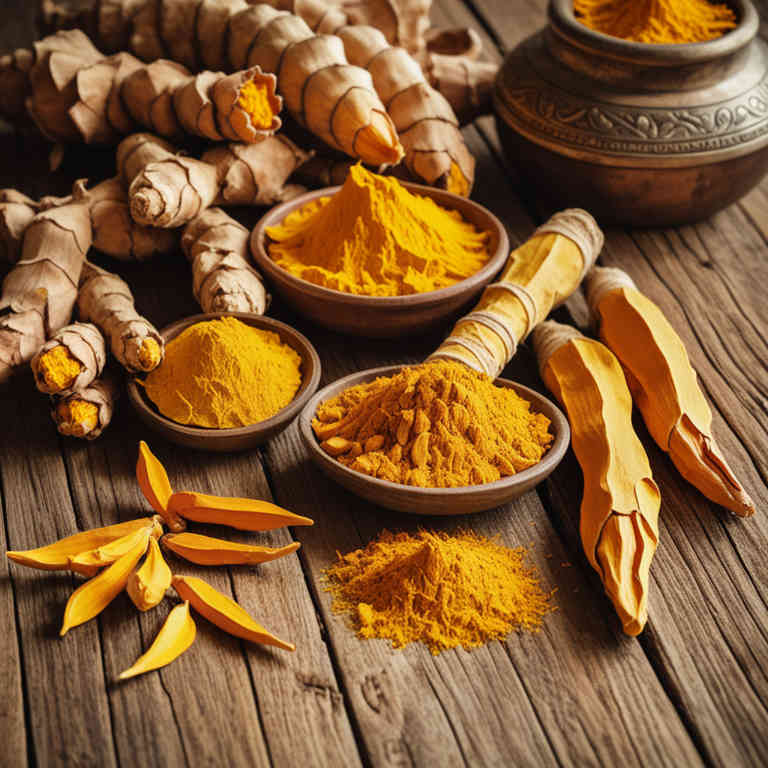
Herbal decoctions have been traditionally used to alleviate back pain by incorporating a blend of natural ingredients known for their anti-inflammatory and muscle-relaxing properties.
Common herbs such as willow bark, ginger, and turmeric are often included in these decoctions due to their ability to reduce inflammation and ease muscle tension. The preparation involves simmering the herbs in water for an extended period to extract their active compounds, which are then consumed as a tea or applied topically. While herbal decoctions can provide relief for mild to moderate back pain, they should be used under the guidance of a healthcare professional to ensure safety and effectiveness.
Overall, these natural remedies offer a complementary approach to managing back pain, especially when combined with other therapeutic interventions.
FREE Herb Drying Checklist
How to make sure every batch retains maximum flavor, color, and aroma without the risk of mold or over-drying. Eliminate guesswork and trial-and-error, making herb drying faster, easier, and more efficient every time.
Table of Contents
1. Equisetum arvense
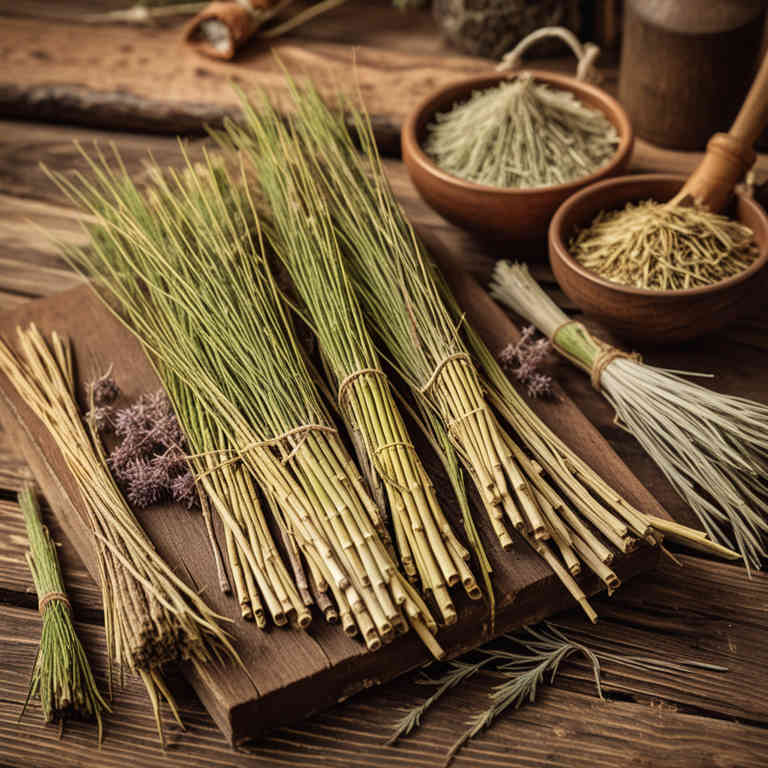
Equisetum arvense, commonly known as field horsetail, has been traditionally used in herbal medicine for its potential therapeutic effects.
Herbal decoctions made from the dried stems of Equisetum arvense are believed to possess anti-inflammatory and analgesic properties that may help alleviate symptoms of back pain. These decoctions are typically prepared by simmering the plant material in water for an extended period to extract its active compounds. Some studies suggest that the high concentration of silica in horsetail may contribute to its effectiveness in reducing inflammation and supporting tissue repair.
However, more clinical research is needed to fully understand its efficacy and safety for treating back pain.
2. Salvia officinalis
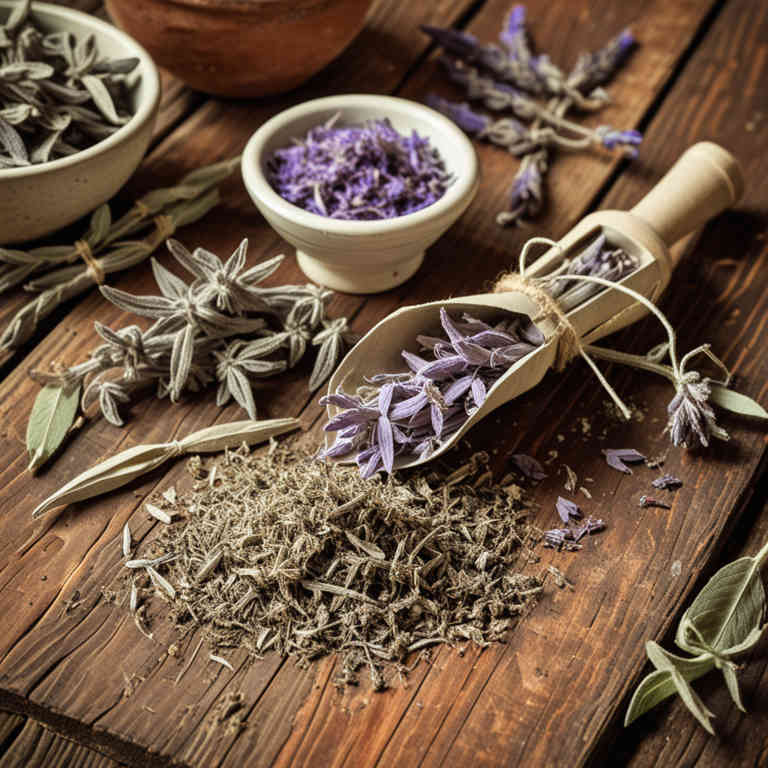
Salvia officinalis, commonly known as common sage, has been traditionally used in herbal medicine for its potential anti-inflammatory and analgesic properties.
When prepared as a decoction, the leaves of salvia officinalis are boiled in water to extract their active compounds, such as rosmarinic acid and flavonoids, which may help reduce inflammation and muscle tension. Some studies suggest that sage decoctions might offer relief for mild to moderate back pain by improving circulation and reducing nerve irritation. However, while anecdotal evidence supports its use, more rigorous clinical trials are needed to confirm its efficacy for back pain.
It is often recommended to consult with a healthcare professional before using sage decoctions, especially for chronic or severe pain conditions.
3. Hypericum perforatum
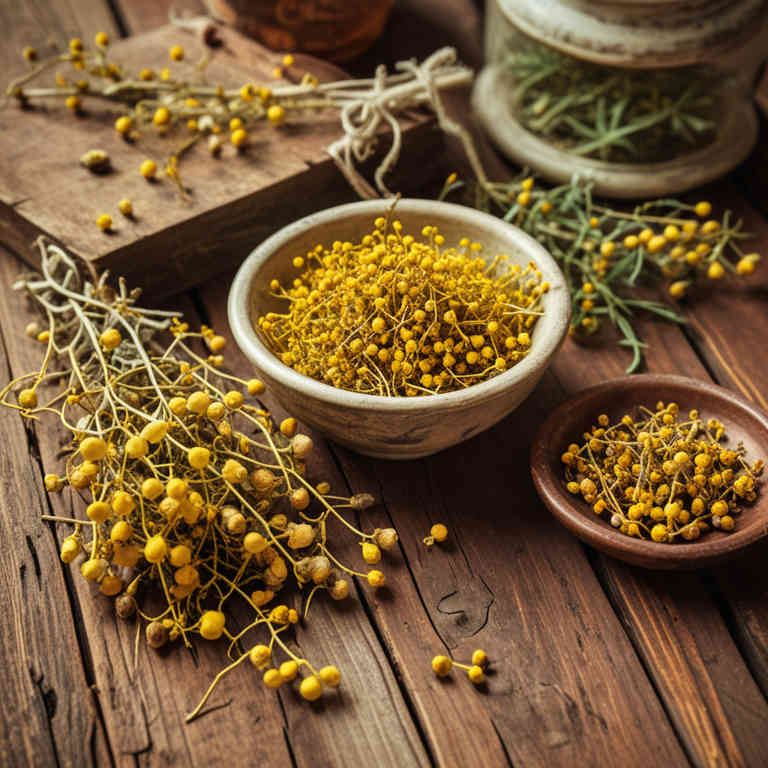
Hypericum perforatum, commonly known as St. John's wort, is traditionally used in herbal medicine for its potential analgesic and anti-inflammatory properties.
While it is well-known for its use in treating mild to moderate depression, some studies suggest it may also provide relief for chronic back pain due to its ability to reduce inflammation and nerve sensitivity. Herbal decoctions of Hypericum perforatum are typically prepared by boiling the dried plant material in water, allowing the active compounds to be extracted into the liquid. These decoctions are often used as a complementary therapy alongside conventional treatments for back pain, though they should be used under the guidance of a healthcare professional.
It is important to note that St. John's wort can interact with various medications, so caution is necessary when incorporating it into a treatment regimen.
4. Cnicus benedictus

Cnicus benedictus, commonly known as St. Benedict's thistle, has been traditionally used in herbal medicine for its potential therapeutic effects on back pain.
Herbal decoctions made from the dried leaves and flowers of this plant are believed to possess anti-inflammatory and analgesic properties that may help alleviate discomfort associated with musculoskeletal issues. These decoctions are typically prepared by simmering the plant material in water for an extended period to extract its active compounds. While some studies suggest that Cnicus benedictus may support pain relief, more clinical research is needed to confirm its efficacy and safety for treating back pain.
As with any herbal remedy, it is advisable to consult a healthcare professional before use, especially for individuals with pre-existing health conditions or those taking other medications.
5. Zingiber officinale
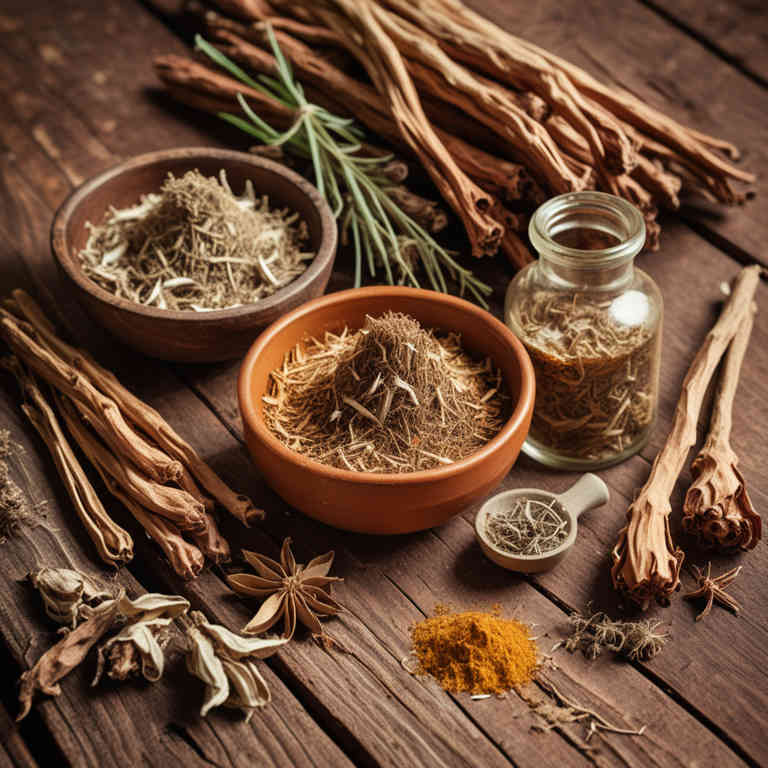
Zingiber officinale, commonly known as ginger, has been traditionally used in herbal medicine for its anti-inflammatory and analgesic properties.
Herbal decoctions made from fresh or dried ginger root are often prepared by simmering the rhizome in water to extract its active compounds, such as gingerol and shogaol. These decoctions may help alleviate back pain by reducing inflammation and improving blood circulation in the affected areas. Some studies suggest that ginger's bioactive compounds can inhibit inflammatory pathways, potentially offering a natural alternative for managing chronic back pain.
However, while ginger is generally safe for most people, it is advisable to consult a healthcare professional before using it as a treatment for persistent or severe back pain.
6. Achillea millefolium
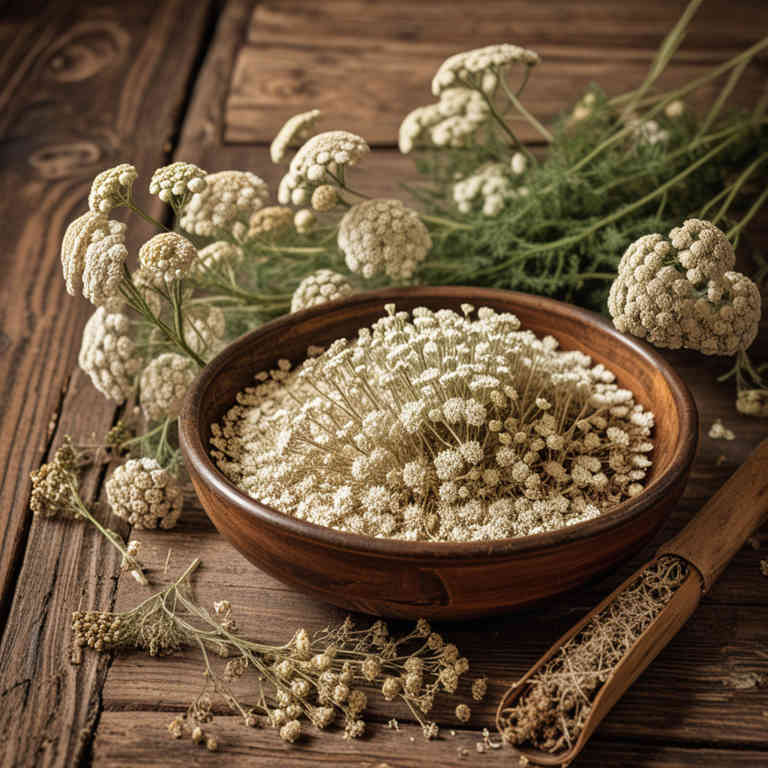
Achillea millefolium, commonly known as yarrow, has been traditionally used in herbal medicine for its anti-inflammatory and analgesic properties.
Herbal decoctions made from dried yarrow leaves and flowers are often prepared by simmering them in water for several minutes to extract their active compounds. These decoctions may help alleviate back pain by reducing inflammation and promoting muscle relaxation. However, while some studies suggest potential benefits, more rigorous clinical research is needed to confirm their efficacy for chronic back pain.
It is important to consult a healthcare professional before using yarrow decoctions, especially for individuals with existing health conditions or those taking medications.
7. Urtica dioica
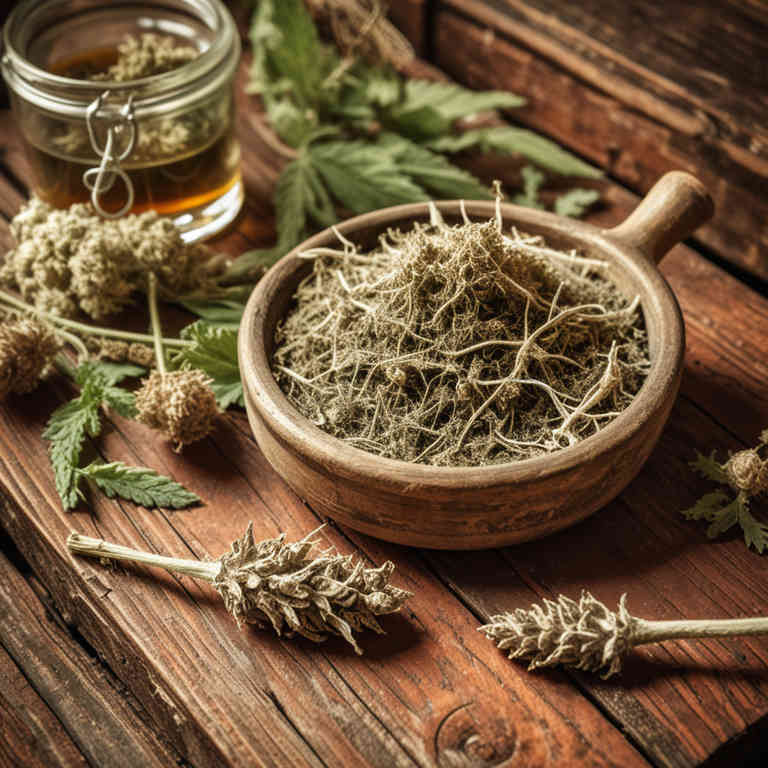
Urtica dioica, commonly known as stinging nettle, has been traditionally used in herbal medicine for its potential anti-inflammatory and analgesic properties.
When prepared as a decoction, the leaves and stems of Urtica dioica are simmered in water to extract their active compounds, including flavonoids, polyphenols, and minerals. This herbal decoction is believed to help alleviate back pain by reducing inflammation and improving circulation in the affected areas. Some studies suggest that the compounds in stinging nettle may inhibit pain signals and support joint health.
However, it is important to consult a healthcare professional before using Urtica dioica, as it may interact with certain medications or cause allergic reactions in some individuals.
8. Piper nigrum

Piper nigrum, commonly known as black pepper, has been traditionally used in herbal medicine for its potential anti-inflammatory and analgesic properties.
Herbal decoctions made from black pepper are believed to help alleviate back pain by improving circulation and reducing muscle tension. The active compound piperine in black pepper may enhance the absorption of other pain-relieving substances, potentially increasing their efficacy. While some studies suggest that piper nigrum may offer mild relief for musculoskeletal discomfort, more research is needed to confirm its effectiveness for chronic back pain.
As with any herbal remedy, it is advisable to consult a healthcare professional before using piper nigrum decoctions, especially for individuals with existing health conditions or those taking medications.
9. Arnica montana
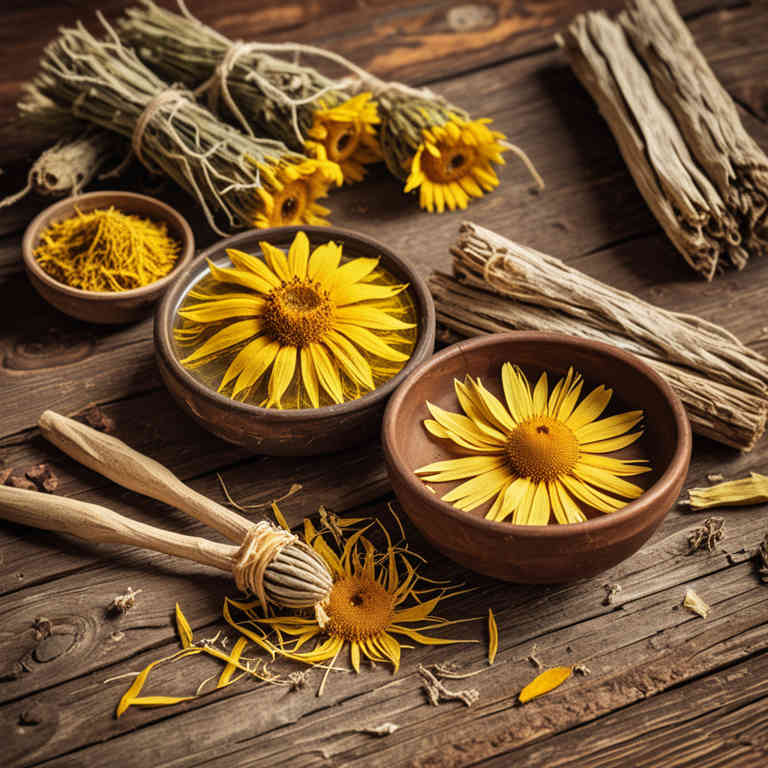
Arnica montana, a potent herbal remedy, is commonly used in the form of a decoction to alleviate back pain due to its anti-inflammatory and analgesic properties.
To prepare the decoction, dried arnica root is simmered in water for an extended period to extract its active compounds, such as helenalin and other sesquiterpene lactones. This herbal preparation is often applied topically as a poultice or taken internally in small, diluted doses under professional supervision. While arnica montana can provide relief for muscular strains and joint-related back pain, it is important to note that it may cause skin irritation or gastrointestinal upset if not prepared or used correctly.
As with any herbal remedy, consulting a qualified healthcare provider is recommended to ensure safe and effective use.
10. Curcuma longa
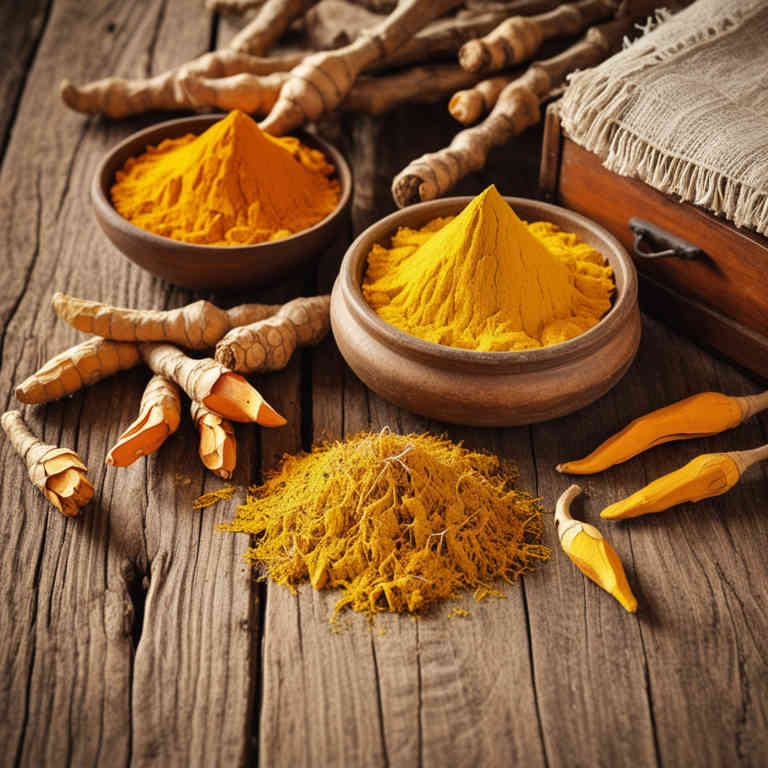
Curcuma longa, commonly known as turmeric, has been traditionally used in herbal medicine for its anti-inflammatory and analgesic properties.
Herbal decoctions made from the rhizomes of Curcuma longa are often prepared by boiling the dried roots in water to extract the active compounds, particularly curcumin. These decoctions may help alleviate back pain by reducing inflammation and inhibiting pain signals in the body. However, the effectiveness of curcumin in such preparations can be limited due to poor bioavailability, which is why some formulations include black pepper or fat to enhance absorption.
While preliminary studies suggest potential benefits, more clinical research is needed to fully establish the efficacy and safety of Curcuma longa decoctions for chronic back pain.